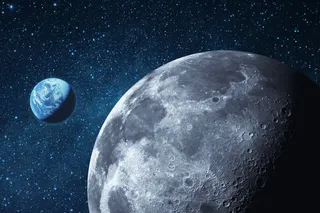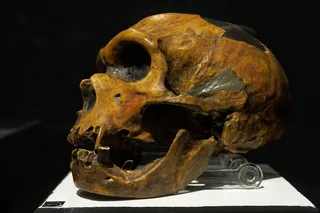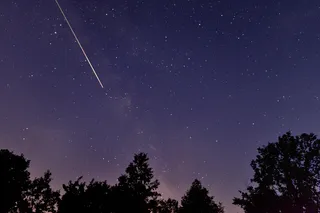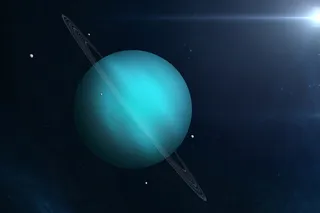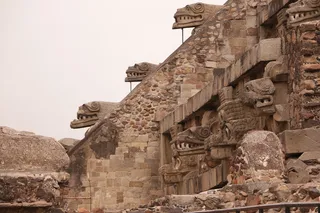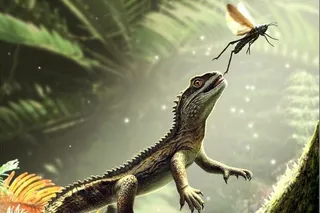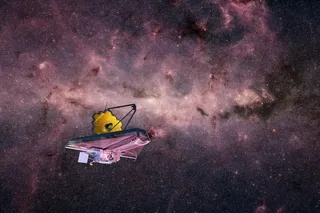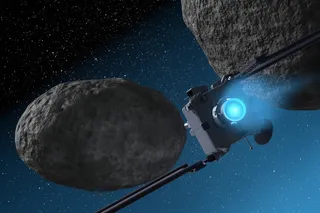A shorter list this week, because I spent two days leaking rhinoviruses... Top five picks So, the arsenic bacteria. For anyone not paying attention, bacteria in Mono Lake (a) can possibly incorporate arsenic into their DNA and other important molecules, (b) aren’t aliens, and (c) don’t represent another origin of life.
Curtis Brainard covers the sorry state of affairs that led to the hype around this story spiralling out of all control, and then looks at the resulting coverage.
Ivan Oransky skewers Science for acting in their interests and against those of the public (with a couple of follow-uppieces).
For the study itself, here’s my piece if you haven’t seen it already. I also enjoyed Alla Katsnelson’s technical dissection at Nature with plenty of external opinions, Phil Plait’s spirited take, and Carl Zimmer’s utterly brilliant analogy of a four-year-old looking for change.
At the other end of this spectrum, check ...


